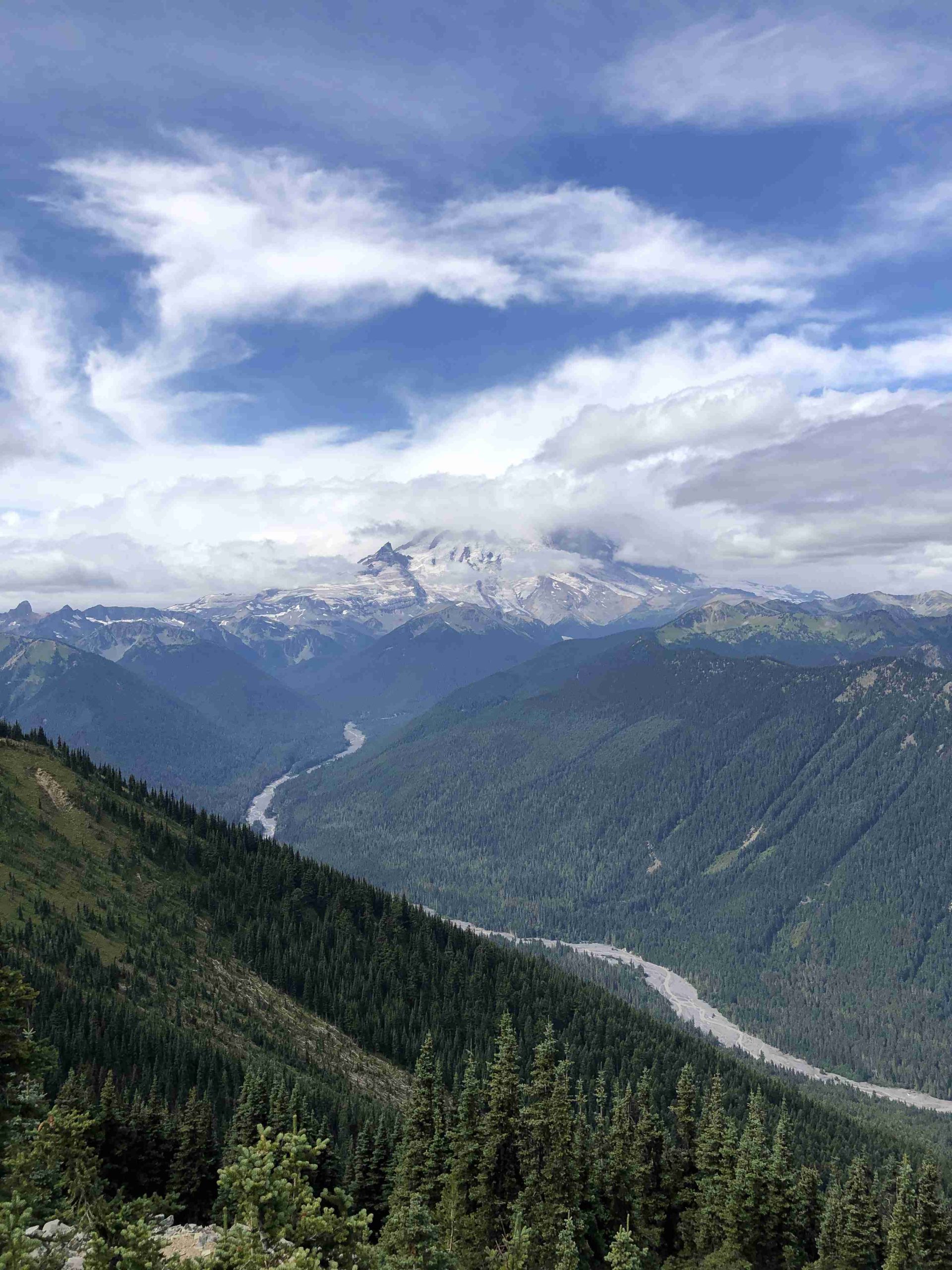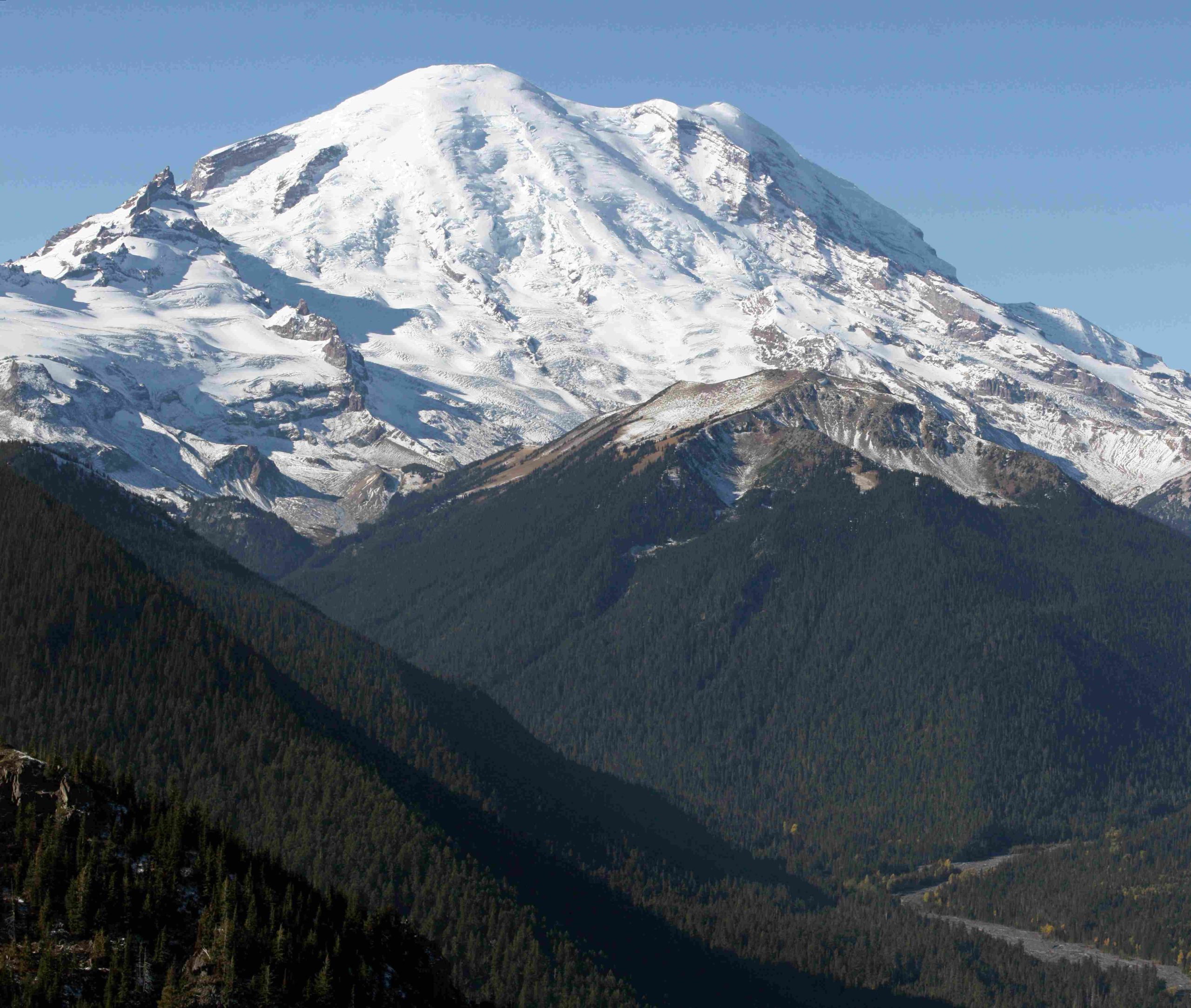Mount Rainier Gateway Forest offers a unique camping experience for outdoor enthusiasts. This area, surrounding the iconic Mount Rainier National Park, provides diverse camping options from developed campgrounds to backcountry sites. Campers can enjoy stunning views of Mount Rainier, explore lush forests, and experience the rich biodiversity of the Pacific Northwest. This guide covers essential information about permits, regulations, camping sites, trails, and associated costs for camping in Mount Rainier Gateway Forest.
What Are the Camping Regulations for Mount Rainier Gateway Forest?

Permit Requirements
- Wilderness permits are mandatory for overnight stays in the backcountry of Mount Rainier National Park and surrounding areas.
- 2/3 of permits can be reserved in advance, while 1/3 are available on a first-come, first-served basis.
- Reservations can be made through the National Park Service website.
Fire Restrictions
- Campfire regulations depend on the current fire danger rating.
- When allowed, fires must be contained within existing fire pits.
- Complete extinguishment is required before leaving the campsite.
- During high fire danger periods, fires may be restricted or banned entirely.
Wildlife Safety Measures
- Proper food storage is crucial to prevent wildlife encounters.
- Use wildlife-resistant storage canisters or store food in vehicles.
- Adhere to Leave No Trace principles:
- Plan ahead and prepare
- Travel and camp on durable surfaces
- Dispose of waste properly
- Leave what you find
- Minimize campfire impacts
- Respect wildlife
- Be considerate of other visitors
Where Are the Best Camping Sites in Mount Rainier Gateway Forest?

Sahara Creek Horse Camp
- Location: Within Elbe Hills State Forest
- Number of sites: 30
- Amenities:
- Picnic tables
- Hitching rails
- Vault toilets
- Site allocation:
- Sites 1-20: Equestrian camping only
- Sites 21-30: Open to all non-ORV campers
- Maximum stay: 7 days in a 30-day period
Dispersed Camping Areas
- Located throughout Elbe Hills and Tahoma State Forests
- Minimal amenities:
- No toilets
- No picnic tables
- No trash cans
- No drinking water
- Suitable for self-sufficient campers seeking a more primitive experience
What Are the Best Camping Trails in Mount Rainier Gateway Forest?
Wonderland Trail
- Length: 93 miles
- Difficulty: Varies from moderate to strenuous
- Highlights:
- Circumnavigates Mount Rainier
- Offers diverse landscapes and ecosystems
- Multiple backcountry campsites along the route
Paradise Valley Trails
- Length: Various short to moderate trails
- Difficulty: Easy to moderate
- Highlights:
- Scenic views of Mount Rainier
- Abundant wildflowers in summer
- Accessible from Paradise Visitor Center
Lake 22 Trail
- Length: 5.4 miles round-trip
- Difficulty: Moderate
- Highlights:
- Scenic alpine lake
- Old-growth forest
- Potential for seasonal closures due to snow or trail conditions
What Are the Costs Associated with Camping in Mount Rainier Gateway Forest?
Campsite Fees
| Permit Type | Reservation Fee | Recreation Fee |
|---|---|---|
| Advance Wilderness Permit | $6 (non-refundable) | $20 (flat fee) |
| First-Come, First-Served | $0 | $0 |
Parking Fees
- Discover Pass: Required for camping in Elbe Hills and Tahoma state forests
- Annual Pass: $30
- One-Day Pass: $10
- Sno-Park Permit: Necessary for winter camping in designated Sno-Parks
- Annual Permit: Varies by state
- One-Day Permit: Varies by state
Additional Charges
- Climbing permits: Separate fee required for mountaineering activities
- Early Access Lottery: Additional fee for early access to wilderness permit reservations
- Itinerary changes: May incur extra charges if modifying existing permits
How Can I Ensure a Safe Camping Experience in Mount Rainier Gateway Forest?
Weather Preparedness
- Check weather forecasts before your trip
- Pack appropriate gear for potential temperature changes and precipitation
- Be aware of sudden weather shifts common in mountain environments
Navigation Skills
- Carry detailed topographic maps and a compass
- Consider bringing a GPS device as a backup
- Familiarize yourself with the area before setting out on trails
Emergency Planning
- Inform someone of your itinerary before departing
- Carry a first aid kit and know how to use it
- Bring emergency communication devices like a satellite phone or personal locator beacon
What Unique Experiences Does Camping in Mount Rainier Gateway Forest Offer?
Wildlife Viewing Opportunities
- Common wildlife sightings:
- Black bears
- Elk
- Mountain goats
- Marmots
- Best practices for wildlife observation:
- Maintain a safe distance
- Use binoculars or telephoto lenses
- Never feed wild animals
Stargazing
- Mount Rainier area offers excellent dark sky conditions
- Best times for stargazing:
- New moon phases
- Clear summer nights
- Recommended equipment:
- Red light headlamp
- Star chart or astronomy app
Seasonal Activities
- Summer:
- Wildflower viewing in subalpine meadows
- Hiking and backpacking
- Fall:
- Autumn foliage photography
- Mushroom foraging (with proper permits and knowledge)
- Winter:
- Snowshoeing
- Cross-country skiing
- Spring:
- Waterfall viewing
- Early season hiking on lower elevation trails
By following these guidelines and exploring the diverse offerings of Mount Rainier Gateway Forest, campers can enjoy a safe, memorable, and environmentally responsible outdoor experience in one of Washington’s most iconic natural areas.
References:
1. Mt. Baker-Snoqualmie National Forest – Camping & Cabins
2. Mount Rainier National Park Wilderness and Climbing Permits
3. Elbe Hills and Tahoma State Forests
